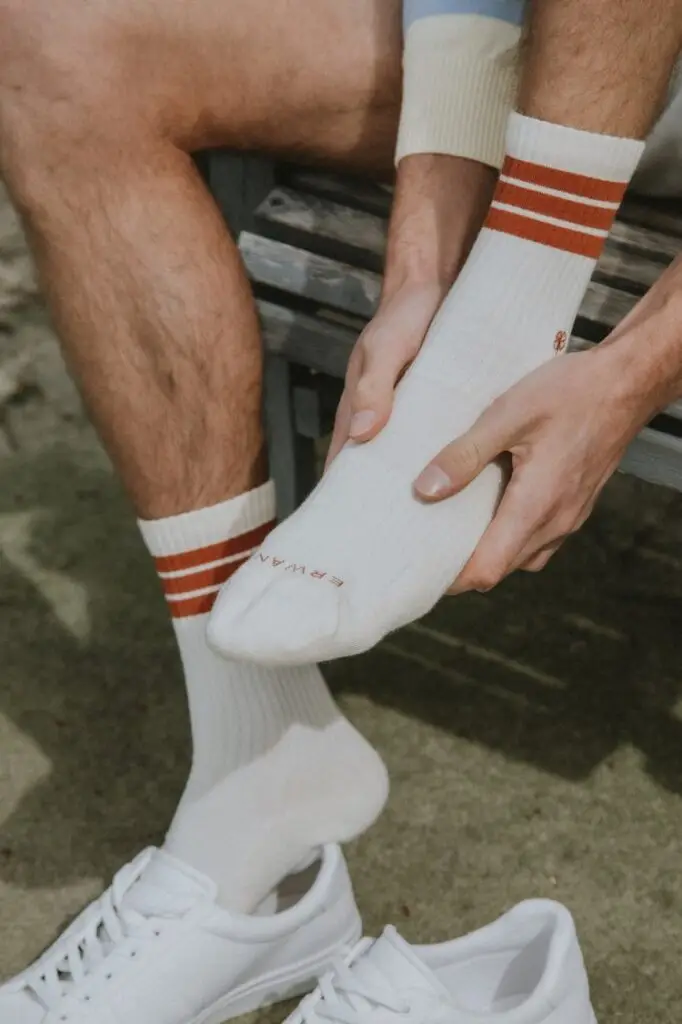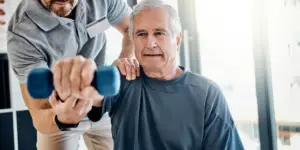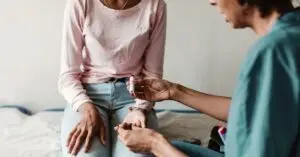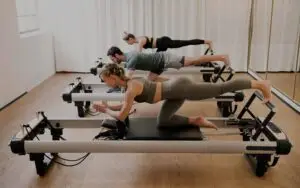Ankle sprains are one of the most common injuries within our population, and around three quarters of all ankle sprains are lateral ankle sprains. In the short term, it may affect your walking capacity and reduce your ability to maintain a good balance. In the long term, it may cause recurrent episodes due the lack of proprioception as a result of weakened ligaments and muscles surrounding the ankle joint. So, it is important to seek early physio evaluation and treatment to rehabilitate the ankle and decrease the likelihood of these complications.
A lateral ankle sprain (or ankle inversion injury) involves excessive rolling of the ankle inwards towards the center of the body, causing injury to the lateral ligament complex (ligament on the outside of your ankle).


The three main ligaments that make up the ligament support on the outside of your ankle are Anterior talofibular ligament (ATFL), Calcaneofibular ligament (CFL), and posterior talofibular ligament (PTFL), with the ATFL being the most commonly injured. When excessive force is put through these ligaments, it may cause strains and tears.
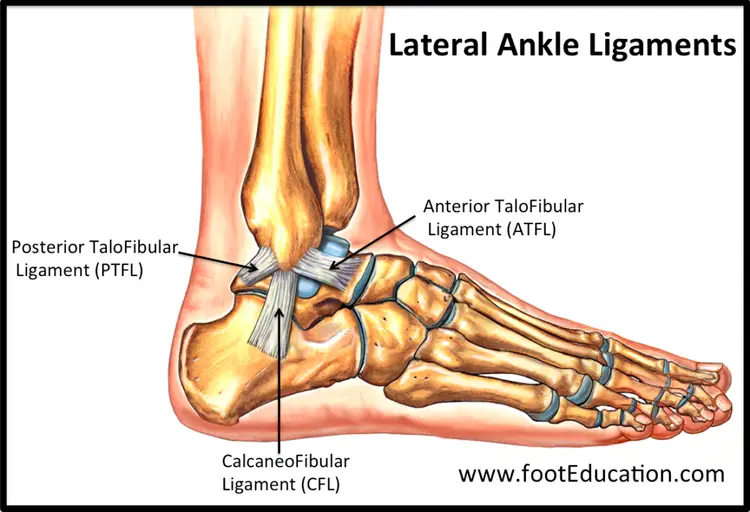

After a lateral ankle sprain you may see and feel:
- Swelling
- Pain
- Bruising
- Difficulty putting weight through the ankle
- Reduced movement in ankle
- Weakness and instability of the ankle
In severe cases, these symptoms are very similar to an ankle fracture. Therefore, it is important to seek early physio guidance to rule out any other potential injuries. This can be done through physical examination and tests, or referral for imaging.
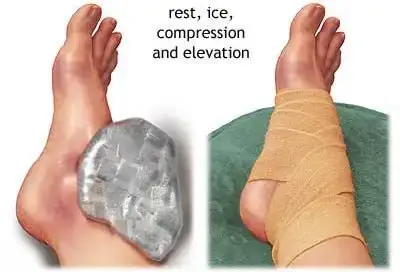

Like other acute injuries, the immediate treatment after a lateral ankle sprain would be the RICE protocol (Rest, Ice, Compression and elevation).
Following this we would like you to move your ankle as much as possible without causing too much pain. To assist you to get back on to your feet and slowly increase your walking tolerance, your physio may provide you with an ankle brace or taping to support your ankle, still allowing for most of your ankle movement.
You will find after the ankle sprain the joint itself locks up. Manual therapy is great to increase joint movement and to reduce pain. The most important part of the rehabilitation process is to have a structured exercise program given by your physiotherapist which targets to improve joint mobility, your body’s awareness in space (proprioception) and neuromuscular control. These exercises need to be completed to avoid recurrence.
Don’t hesitate to reach out if you’re seeking answers and want to hear all your options, it’s all about finding the right fit of tools that works for you. You can speak to our friendly reception team and book an appointment with our physios – (07) 3063 3043

